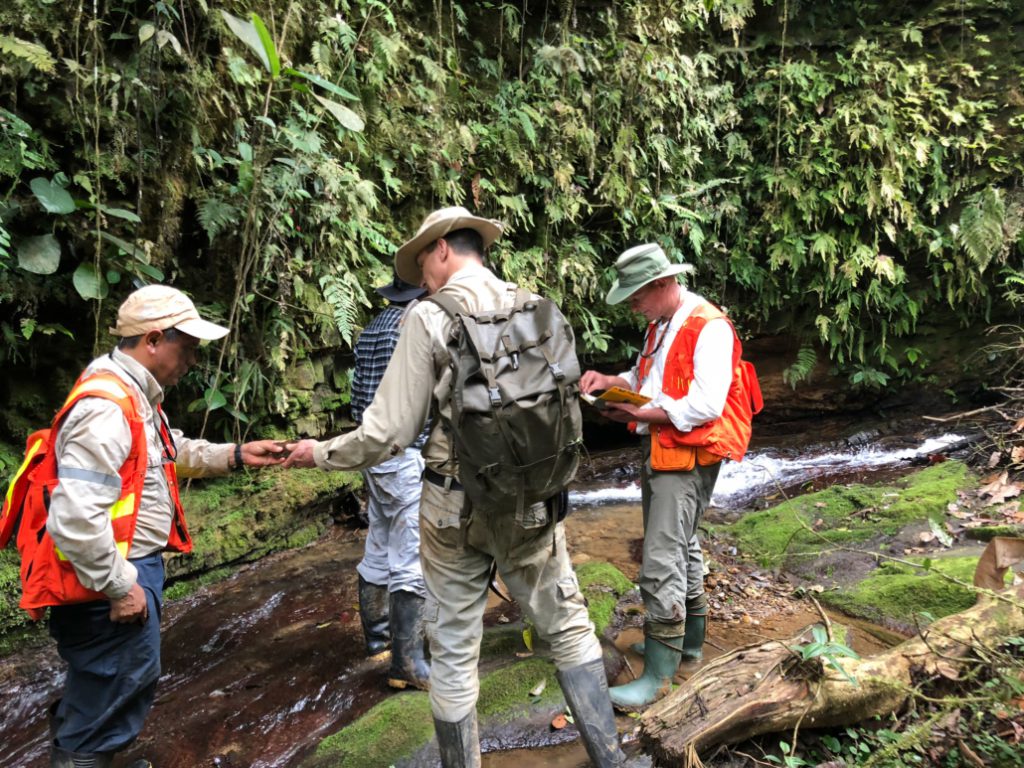Aurania drills 2 metres of 12% zinc, 61 g/t gallium at Lost Cities, Ecuador

Aurania Resources Ltd.‘s [ARU-TSXV; AUIAF-OTCQB] drilling from hole 4 at Tiria-Shimpia has returned a high-grade intercept of 12% zinc (approximately 273 lbs/tonne), 5 g/t silver and 61 g/t gallium over 2.0 metres.
The drill intercept is from a 5.5-kilometre-long area of elevated metal values in soil, one of many such zones in the 22-kilometre-long, three-kilometre-wide Tiria-Shimpia target area in the central part of the 100%-optioned Lost Cities-Cutucu project area in southeastern Ecuador.
Drilling started at hole 9 at Tsenken and is currently at a depth of approximately 350 metres. The hole is planned to run to a depth of approximately 500 metres. The target of hole TSN1-009 is copper-silver mineralization in evaporite mineral beds within the sedimentary layering.
An access agreement has been signed at the company’s Awacha target and work has commenced. The goal of fieldwork will be to refine the porphyry targets in the Awacha area.
Prof. Gregor Borg is preparing a summary of his findings following his recent visit to site, and the company expects that a video summary will be available in the coming weeks for all to view.
Drill hole SH-004 at Tiria-Shimpia intersected a grade of 12.4% zinc, 5.4 g/t silver, 61 g/t gallium and 9 g/t indium over 2.0 metres at a downhole depth of 52.0 metres. The mineralized interval lies within an 8.5-metre halo of 3% zinc.
The next step at Tiria-Shimpia would be to consider drilling deeper to intersect the zinc-silver shoots at depth, well below the depth of weathering. The shoots are expected to contain high-grade silver and zinc.
The target being tested in hole TSN1-009 at Tsenken is copper-silver in sedimentary layers that originally contained salt and associated sulphate minerals that accumulated in salars similar to the salt lakes present in the desert in Chile, Argentina and Bolivia today. Hole TSN1-009 was sited such that it would intersect salt within the sedimentary red beds near the fault system that fed metals into the sedimentary strata. Hole TSN1-009 has cut numerous salt layers in the red beds — a feature that is encouraging in terms of there being a sulphate-rich evaporite layer that could have provided sulphur for copper precipitation as copper sulphide minerals.
Survey teams have been deployed to the Awacha target area to work with communities to establish the limits of each community. This is the first step that is taken after any community access agreement has been signed.
